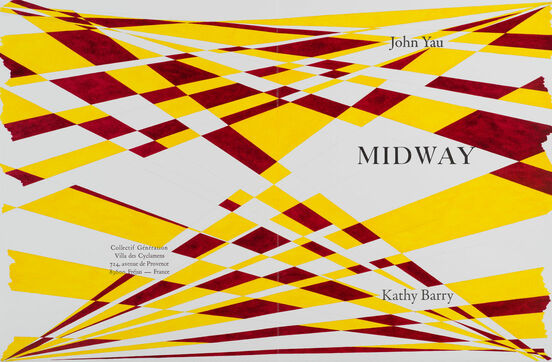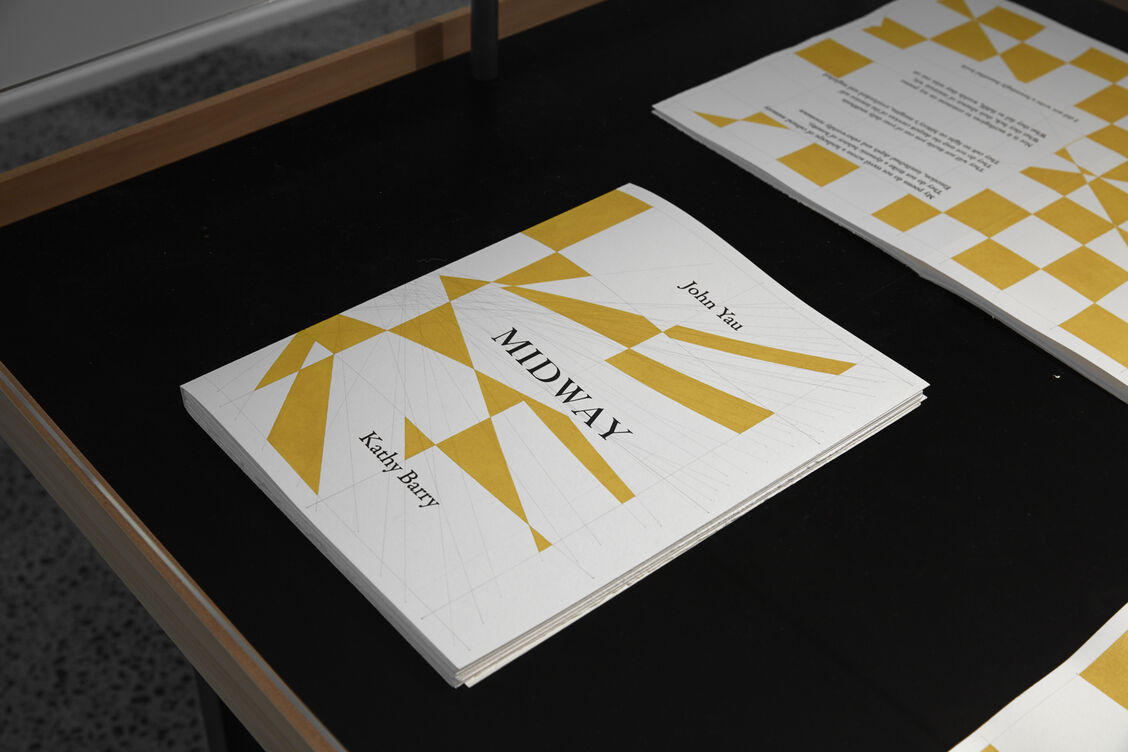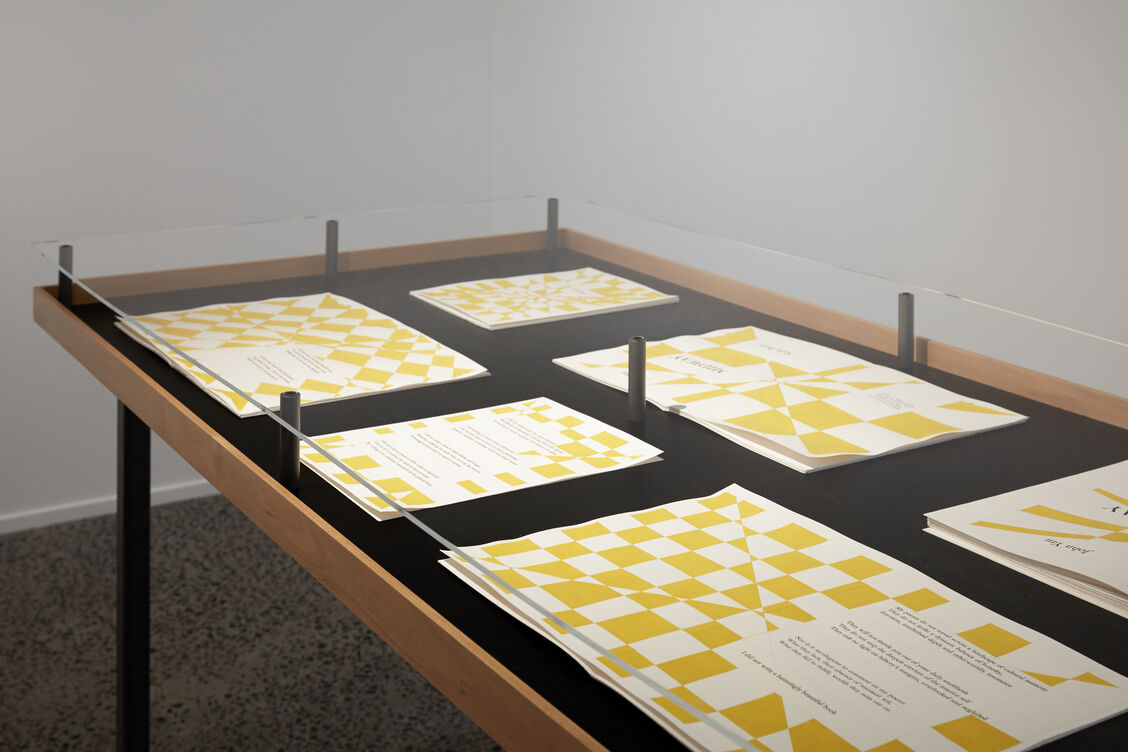-
Author
John Yau -
Date
29 Sep 2017
Essay
Visual Magic
Kathy Barry, 2017
Kathy Barry, who works in graphite pencil and watercolor on paper, simultaneously constructs and discovers a grid, and each one is different. Her work is a record of the grid’s emergence into the visible. Her way of working connects to the visionary artist and healer, Emma Kunz (1892 – 1963), who did large format drawings on graph paper. While there is a formal connection between Kunz and Barry, I think the bond goes deeper than that. In historical surveys of the first decades of abstraction, such as Inventing Abstraction 1910 – 1925 at the Museum of Modern Art in New York (December 23, 2012 – April 15, 2013), the emphasis has been on the visible history, and the work of artists such as Vasily Kandinsky, Fernard Léger, Robert Delaunay, Frantisek Kupka, and Francis Picabia. But, as we have all come to recognize ever since the narrative of progress was challenged, particularly in this century, history is messy.
As we now know, the visible or public history of abstraction constitutes only a small part of what actually happened. Another history of abstraction, which is occult or hidden, can be gleaned from the work of three artists, all women, who did not exhibit in their lifetime: Georgiana Houghton (1814 – 1884), Hilma af Klint (1862 – 1944), and Emma Kunz (1892 – 1963). One reason they did not show in their lifetime was that they believed the world was not ready for their work, and, in more ways than we may wish to acknowledge, they were right.
The work of these three women challenges the narrative of abstraction that culminates in monochromatic painting and Minimalism. This is especially important because the narrative of abstraction is largely told through the accomplishments of male artists and is rooted in a patriarchal view of history. For Barry, the work of Kunz and others enables her to move past this patriarchal telling and enter a territory with roots in an alternative history. It is a history that I have been interested in, both as a critic and a poet, for nearly forty years.
This is what happened when I opened the package sent to me by Gervais Jassaud. I was immediately struck by Barry’s work – and I am thinking of what her dynamic grids did to the pages of Midway, a selection of my poems published by Jassaud under his imprint Collectif Génération.

Kathy Barry, Midway (2017)

Midway: a Collectif Génération collaboration by John Yau & Kathy Barry — Objectspace, 2017
The first thought I had was that Barry had somehow made the pages feel bigger. It was as if they were beginning to stretch out into space, not the physical space beyond their edges, but the cosmic space beyond their material existence. The elongated rectangles, trapezoids, and triangles – their reds and yellows - directed my attention beyond the physical plane of the paper – which is an unsettling experience for a poet who wants the words on the page to be the focus of one’s attention. And yet, paradoxically, I found this unexpected experience immensely satisfying.
The second thought, which is intertwined with the first, is that the plane of the paper became topsy-turvy, and that it seemed to be continually reorienting itself in space. I quickly realized that Barry was making the words seem active participants in this visual drama, and that they were not just vertical letters impressed into the paper. By framing the title, Midway, with a yellow and dark red grid that seems both complete and incomplete, she underscores that time is passing, and that nothing has reached completion. The viewer and reader are what complete this work. Each person who encounters this book will complete it differently. We all know this, but I cannot think of another abstract artist who makes this fact so palpably evident. That is the magic – and I don’t think any other word is appropriate — that Barry has performed through drawing and painting. There is something radical and direct about her means, which I think would appeal to any poet, and certainly does to me. I feel incredibly lucky to have had her respond to my work, and to have had Gervais Jassaud invite us to collaborate.
—
John Yau is a poet, essayist, critic, and publisher who lives and works in New York City. He has published many books and collaborated with numerous artists. He co-founded the online magazine, Hyperallergic Weekend, and currently teaches art history and criticism at Mason Gross School of the Arts (Rutgers University).

Kathy Barry, Midway (2017)